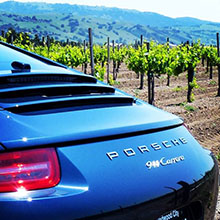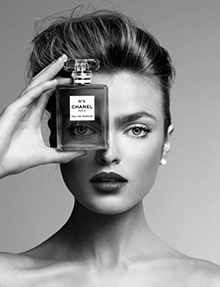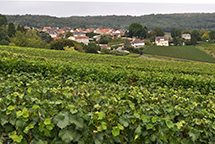|
The French Revolution and Napoleonic EraThe beginning of the French Revolution brought irate mobs to the city of Reims in the summer of 1789 with calls for freedom and equality. France was in the grips of democracy and it was a violent and brutal time. Seething hatred evolved into class warfare that changed France forever. The elite aristocracy and the clergy were targets of great resentment from the working class. Shops closed and crops failed. Starvation faced the nation. The wealthy elite could either flee the country, be killed or find a way to blend in with the revolutionaries. In the midst of the chaos, Jean-Antoine Chaptal, Minister of the Interior for Napoleon, presented his scientific dissertation: The Art of Making, Controlling and Perfecting Wines, published in 1801 and advocating adding sugar to juice to increase alcohol content in wine. The process later became known as chaptalization and is regarded as a great advancement in the winemaking industry. One big source of discord was the division between the growers and the merchants of wine. Knowledge had been gained from years of experience with growers and winemakers, but the Chaptal treatise provided information about many winemaking processes that allowed people relatively new to the industry to be less dependent on the rural winemakers for guidance. During the revolution and subsequent Napoleonic wars, one of the biggest changes was stripping the monasteries and churches of their land and resources. Land was sold off in parcels. Only one monastery vineyard in the area was kept intact by the government, the vineyard at Hautvillers where Dom Perignon had worked. During this period, merchants and producers with dwindling sales busied themselves with changing the designations of customers on their books from titles denoting nobility to simply ‘citizen’ in hopes that some of their best customers would not be sent to the guillotine or forced to flee. Another determent to sales was the many blockades Napoleon put up throughout Europe, slowing exports considerably. Napoleon, with his passion for champagne, made a habit of passing through the Champagne area before beginning a military campaign to gather wine and supplies for himself and his troops. In 1814 Napoleon fought his last battles before his initial abdication and exile to Elba in the area around Champagne. The victorious Russians and Prussians occupied the regions of Champagne and developed their own taste for champagne during their stay. Napoleon escaped Elba and returned to France in 1815. He quickly rebuilt his troops and began his final campaign. Ironically, he did not stop in Champagne to stock up with their wine before his march to Waterloo and his final defeat. The outcome subsequently restored Louis XVIII to King of France and sent Napoleon to his final exile on the island of Saint Helena off the African coast. The history of champagne continues with The Industrial Revolution - Champagne History Part 4. Related Subjects More about Champagne History
The French Revolution
|
||||||||||||||||||||||||||||||





